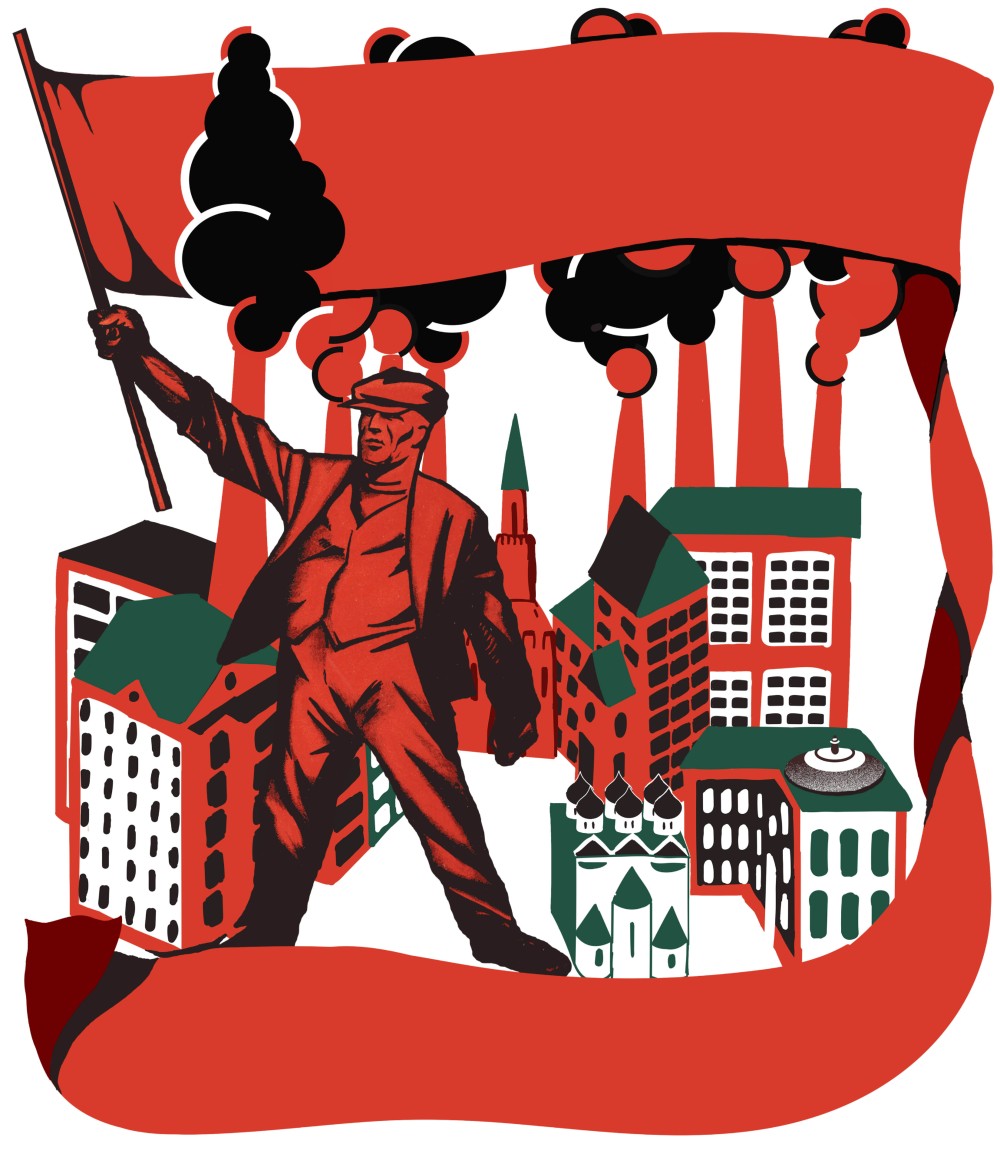Along with the renewed discussion in Britain around renationalisation (a policy promised by the Labour Party under Jeremy Corbyn), the idea of workers’ control and workers’ management has re-emerged. Indeed, John McDonnell, the shadow chancellor, has said that renationalised companies should not be run like they were in the past, but should instead be run under workers’ control.
This would be a huge advance. The old models of nationalisation which we saw after 1945 were bureaucratically run from the top down. They were operated chiefly by national boards, largely composed of ex-managers, ex-owners, ex-trade union officials, Colonel Blimps, former judges and the like, most of whom were avowed enemies of the working class.
These nationalised firms were linked by a thousand threads to big business, which ensured that they were run in the style and interests of the monopolies, as milch-cows.
This form of bureaucratic nationalisation became increasingly discredited. The workers within those industries were excluded from any say in running them. Over a period of time, they came to see the management of the nationalised industries as being just the same as all the rest.
As such, in supporting the demand for nationalisation, workers will clearly also be raising sharp questions about how these industries are to be run. Hence the discussion over workers’ control.
But what is meant by workers’ control?
Control from below
For many years, there has been confusion in the labour movement, even amongst those on the left, about the meaning of workers’ control. There was even an “Institute for Workers’ Control” set up – as if you needed some kind of degree or diploma to understand it.
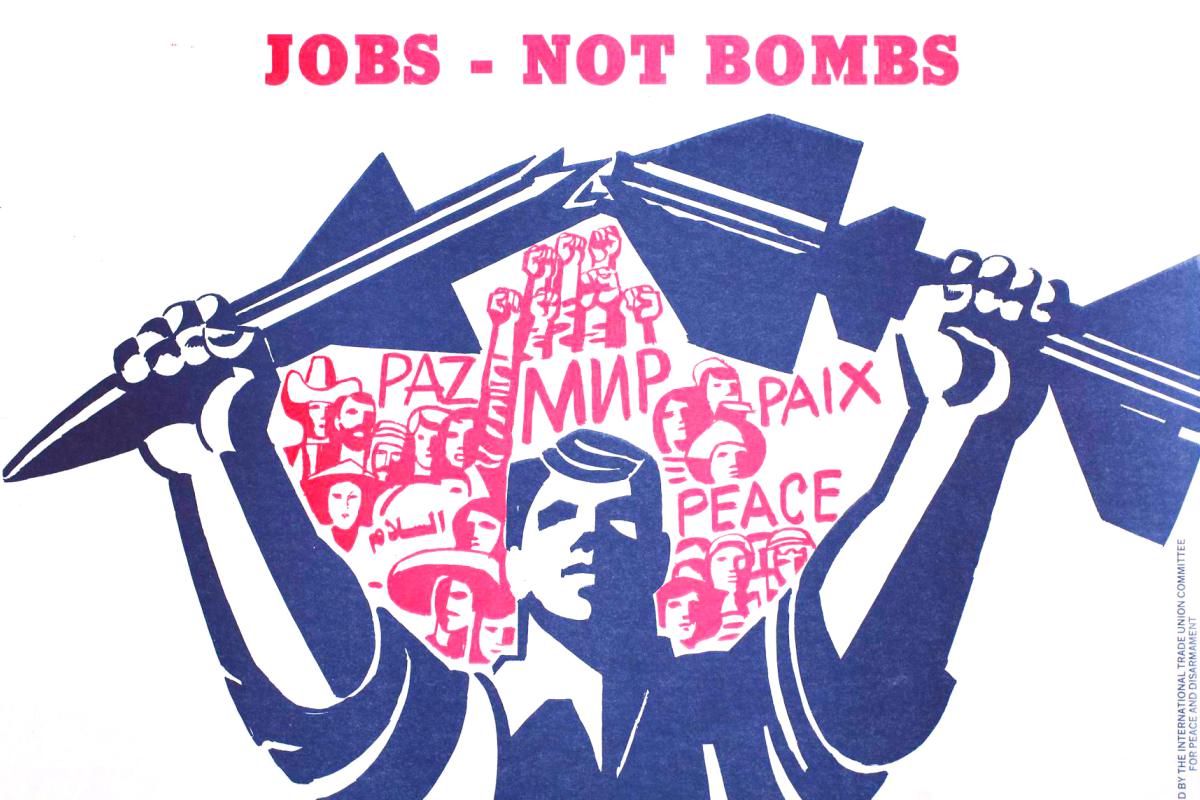 Real workers’ control is exercised by workers on the shop floor over the production process / Image: public domain
Real workers’ control is exercised by workers on the shop floor over the production process / Image: public domain
As can be seen from the struggles of the past, workers’ control comes from below, from workers on the shop floor. This generally takes place when the working class is well-organised, advancing and prepared to challenge the rights of management to manage. That is why it was so prevalent in the 1970s, where the class struggle was at a high point.
Indeed, during this period, there was a great deal of debate inside the trade union movement about workers’ control and workers’ management of industry. This arose as a result of a wave of occupations and “work-ins” that swept the country. Many workers felt a sense of their own power, which in turn raised the question of changing society and doing away with capitalism itself.
Real workers’ control, as the name implies, is control exercised by workers on the shop floor over the production process.
The degree of workers’ control depends upon the strength and militancy of workers’ organisation on the shop floor. This is not static but is the outcome of a constant struggle between workers and management.
Workers’ control takes place when workers’ representatives have the power to, for example, inspect the books of the company, check and control hiring and firing, as well as other actions of the management.
Weakening in the workplace
In the past, shop stewards committees and combine committees provided a potential – or even in some workplaces, an actual – focus for this, acting as a check on the powers of management by virtue of their own militant strength. They would increasingly whittle away at the responsibilities of management and gradually impose their rights over the production process.
This was one of the main reasons why the bosses and their political representatives targeted the power of the shop stewards movement, alongside outlawing such gains as the closed shop.
 The TUC has accepted the capitalist ownership and control of industry. It is on the political front that the question of workers’ control has now been revived with the statements from the Labour leadership / Image: fair use
The TUC has accepted the capitalist ownership and control of industry. It is on the political front that the question of workers’ control has now been revived with the statements from the Labour leadership / Image: fair use
Today, the industrial front is very different. The movement has been pushed back since the 1970s and the number of days lost through strike action are at an all-time low.
While in the past, “grievances” would be resolved through collective action against the bosses – strikes, occupations and so on – today, they are usually taken up individually in tribunals and so forth. Only in exceptional circumstances have unions resorted (or been forced to resort under pressure) to taking strike action to get a resolution to an issue.
Furthermore, the trade union leaders have tended to hide behind the excuse of the anti-trade union laws introduced by the Tories instead of taking action.
Given the plant closures and restructuring in the private sector and decades of job cuts in the public sector, as well as the visible retreat of the union leadership, trade union membership has declined over the last 30 years and any thoughts of workers’ control have as a result disappeared off the union agenda.
The TUC has in reality accepted the capitalist ownership and control of industry, where workers have no role except producing surplus value for the employers. It is on the political front that the question of workers’ control has now been revived with the statements from the Labour leadership.
No more secrets
What is the importance of workers’ control?
Against a background of factory closures and redundancies, a successful struggle for workers’ control, the abolition of so-called business secrets, the right for workers’ representatives to inspect the company’s books, etc., would open the eyes of millions of workers as to the real skulduggery that goes on behind the scenes. It would expose the real workings of the capitalist system and reveal the full extent of the exploitation of the working class. This would provide an unanswerable argument for the elimination of such a system.
“The abolition of ‘business secrets’ is the first step toward actual control of industry,” explained Trotsky in the Transitional Programme.
“Workers no less than capitalists have the right to know the ‘secrets’ of the factory, of the trust, of the whole branch of industry, of the national economy as a whole. First and foremost, banks, heavy industry and centralised transport should be placed under an observation glass.
“The immediate tasks of workers’ control should be to explain the debits and credits of society, beginning with individual business undertakings; to determine the actual share of the national income appropriated by individual capitalists and by the exploiters as a whole; to expose the behind-the-scenes deals and swindles of banks and trusts; finally, to reveal to all members of society that unconscionable squandering of human labour which is the result of capitalist anarchy and the naked pursuit of profits.”
While the workers could exert their rights, nevertheless, the factory remained in private hands, run by a capitalist management.
“The workers need control not for platonic purposes, but in order to exert practical influence upon the production and commercial operations of the employers,” explained Trotsky, when he was asked about workers’ control.
“In a developed form, workers’ control thus implies a sort of economic dual power in the factory, the bank, commercial enterprise, and so forth.” (Workers’ Control of Production, August 1931)
In other words, the struggle for workers’ control is an essential part of the struggle to improve the lot of the workers, to combat the pressures of capitalist management. It directly affects day-to-day working conditions.
Dictatorship of the bosses
Of course, the bosses are determined to hold on to their power and absolute “right to manage”. They do not want workers encroaching on these “rights”. They are determined to maintain their dictatorship in the factories and workplaces, where the word of management is law.
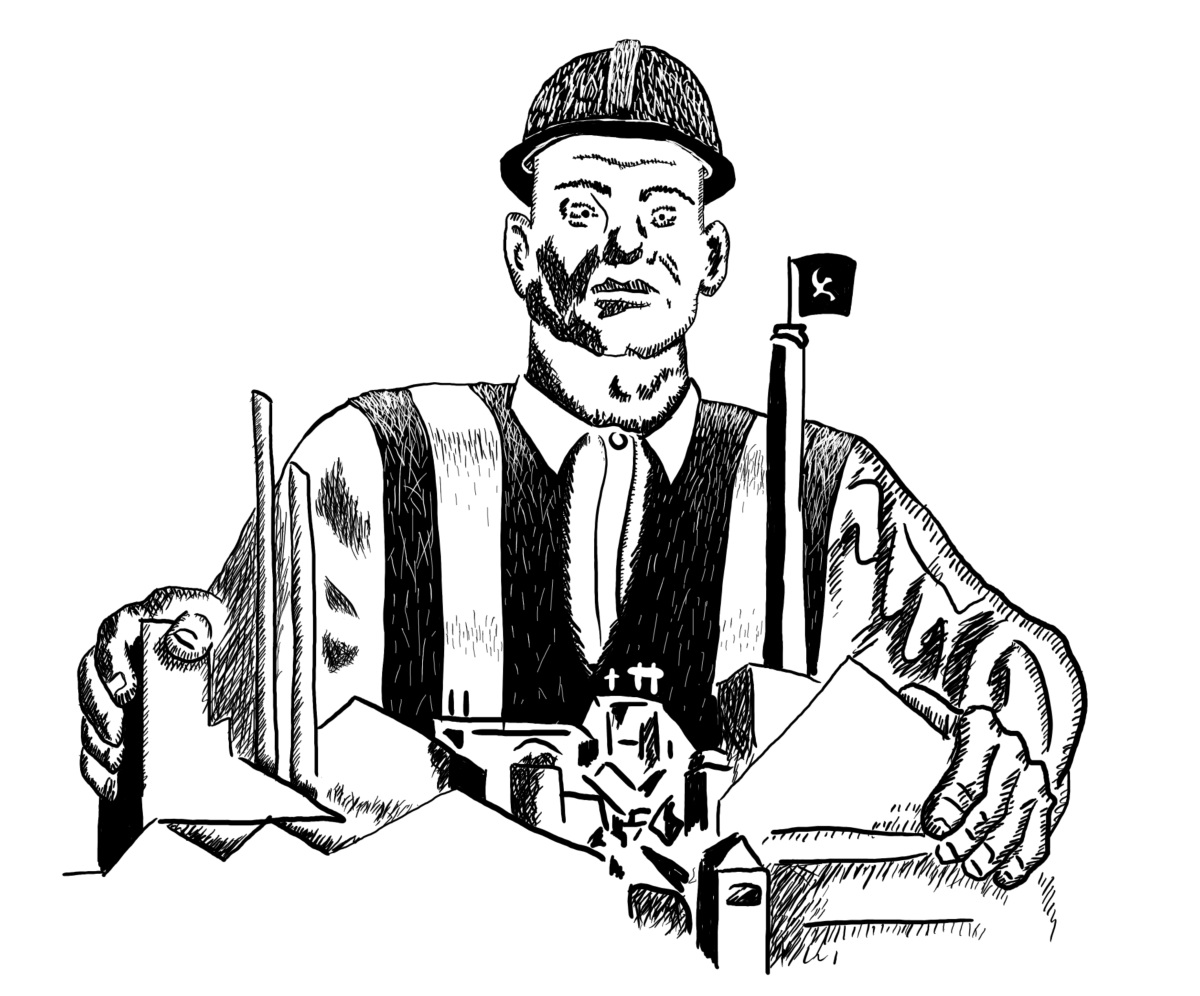 The bosses are determined to maintain their dictatorship in the factories and workplaces / Image: fair use
The bosses are determined to maintain their dictatorship in the factories and workplaces / Image: fair use
All the managers are interested in is serving the needs of the board of directors and the shareholders. Their motive force is the maximisation of profits. Therefore they constantly battle to drive down workers’ terms and conditions and cut “wage costs”. They are even prepared to close down whole workplaces if it is profitable to do so, no matter the human cost.
The workers are simply regarded by the bosses as so many “hands”, employed to work to the limit. That is why the situation in many workplaces has become a nightmare for workers.
The Dickensian conditions at Amazon or Sports Direct are not unique but apply across the board. There is a seething anger and bitterness inside the workplaces of Britain, where the workforce is under ever-increasing pressure.
Clearly such conditions cannot be permitted to function within nationalised industries. Workers must demand an alternative. Under these conditions the idea of workers’ control can gain support inside the organised labour movement and amongst workers generally.
Dual power
Where elements of real workers’ control operate within a workplace, but where the capitalists still own the means of production, then a conflict will emerge. Where the capitalists are firmly in the saddle, they will not tolerate any sort of control or supervision over their activities. They will be acutely aware that a state of ‘dual power’ exists, with both workers and bosses seeking to run the workplace.
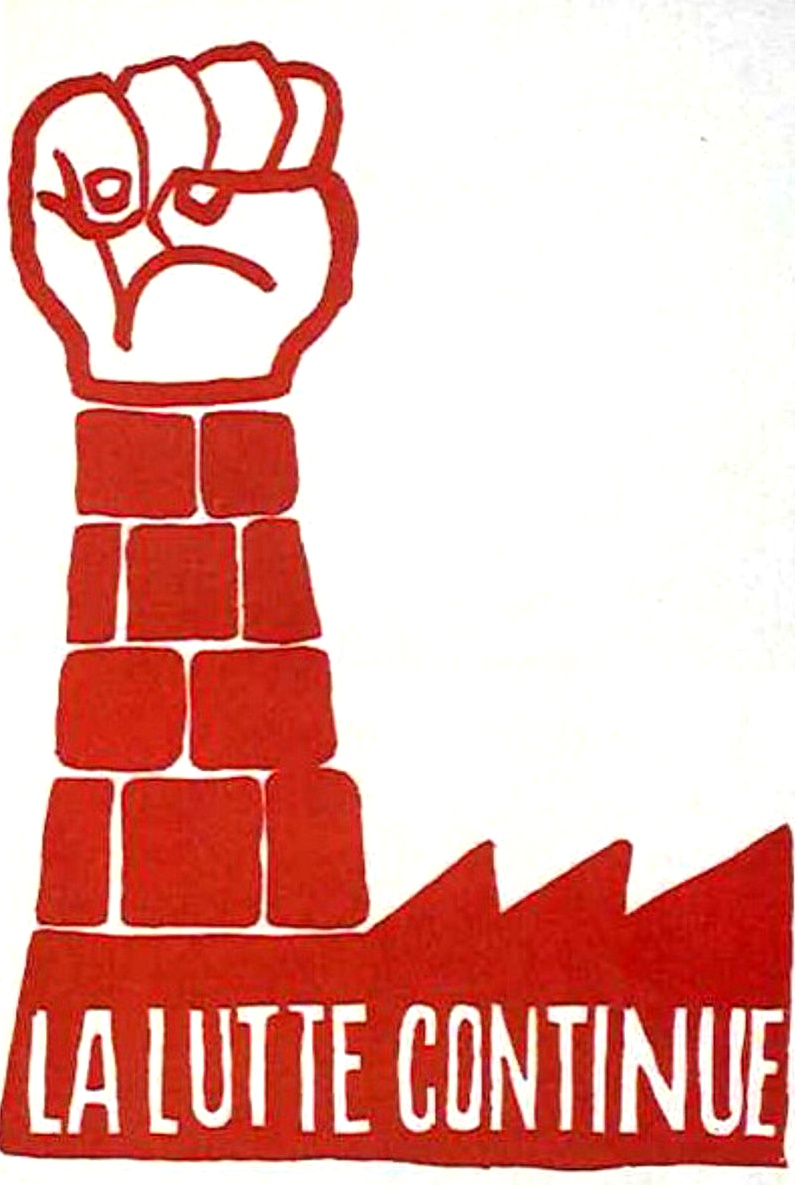 Dual power can emerge in revolutionary situations, as in France in 1968 / Image: public domain
Dual power can emerge in revolutionary situations, as in France in 1968 / Image: public domain
Only when workers are on a continual offensive can the grip of management be undermined and workers’ control extended. The more revolutionary the situation, the greater the degree of control by the workers.
This can be the transition to ‘dual power’ – not simply in the factory but, in a revolutionary situation, to “dual power” in society itself. This was the case in France in 1968.
We can see that workers’ control in its most mature form can be a bridge or precursor to the socialist revolution.
Of course, this is not inevitable. The growth of workers’ control in Britain in the 1970s went quite far, which reflected a pre-revolutionary mood in society. But it fell short of a revolutionary overturn.
“If the bourgeois is already no longer the master, that is, not entirely the master, in his factory, then it follows that he is also no longer completely the master in his state,” explained Trotsky. “This means that to the regime of dual power in the factories corresponds the regime of dual power in the state.”
Soviets and Councils of action
This is the message of workers’ control, which encroaches into the life of the factory and then different branches of industry, different regions and eventually fuses together on a national scale.
In the USA, there was a massive movement of sit-in strikes in the 1930s, out of which the CIO was formed.
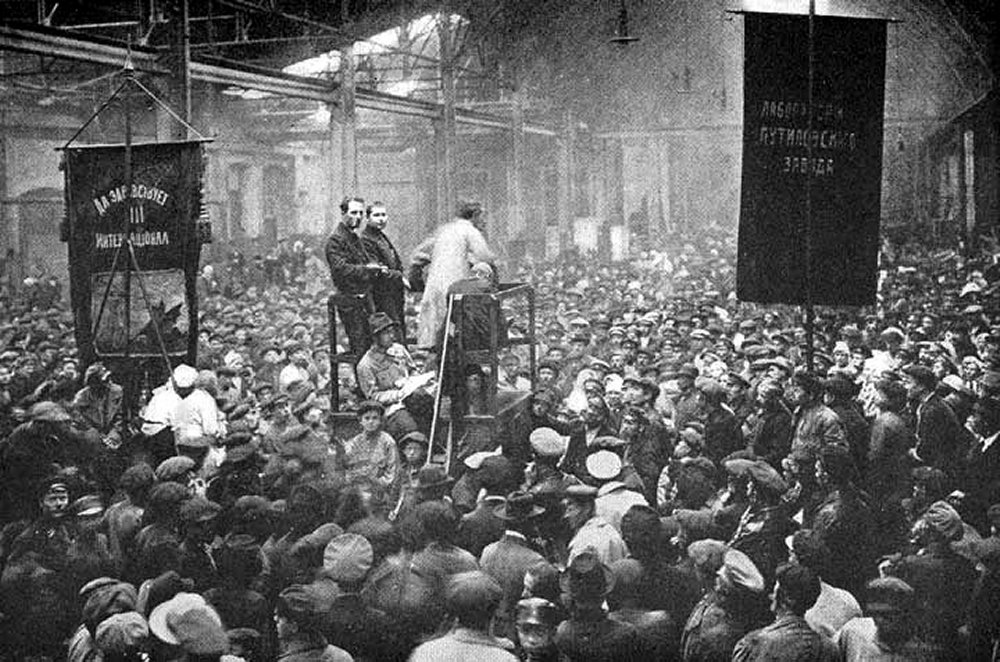 If the struggle for workers’ control does not progress to the nationalisation of the factory or industry, it can fall back / Image: public domain
If the struggle for workers’ control does not progress to the nationalisation of the factory or industry, it can fall back / Image: public domain
In the 1970s in Britain, there was a wave of factory occupations and “work-ins”, which took workers’ control to its highest point.
However, this could even take the form of workers’ committees, or even soviets, as in Russia in 1905 and 1917 (soviet being the Russian word for “council”), or the establishment of Workers’ Councils, as in Germany and Austria in 1918.
In Britain in 1920 and 1926, there were “Councils of Action”. In reality, these were extended strike committees.
But this process is not an automatic one. As Trotsky explained:
“Under the influence of crisis, unemployment and the predatory manipulations of the capitalists, the working class in its majority may turn out to be ready to fight for the abolition of business secrecy and for control over banks, commerce, and production before it has come to understand the necessity of the revolutionary conquest for power.”
If the struggle for workers’ control does not progress to the nationalisation of the factory or industry, it can fall back.
It poses the question: who is in control in the factory? If this is not resolved in favour of the workers, the initiative will swing back to the capitalists. Under these conditions the struggle for workers’ control becomes critical for the movement.
Participation
Workers’ participation is altogether different. This is promoted by those attempting to bind the workers to the capitalist management, by involving them in so-called decision making. “We need to get rid of 20 workers. You can choose!”
This form of ‘participation’ is popular with the trade union bureaucracy, providing them with a greater role – not in promoting class struggle, but in class collaboration. This was the case with “Mondism” in the 1920s and in Germany throughout the post-war period.
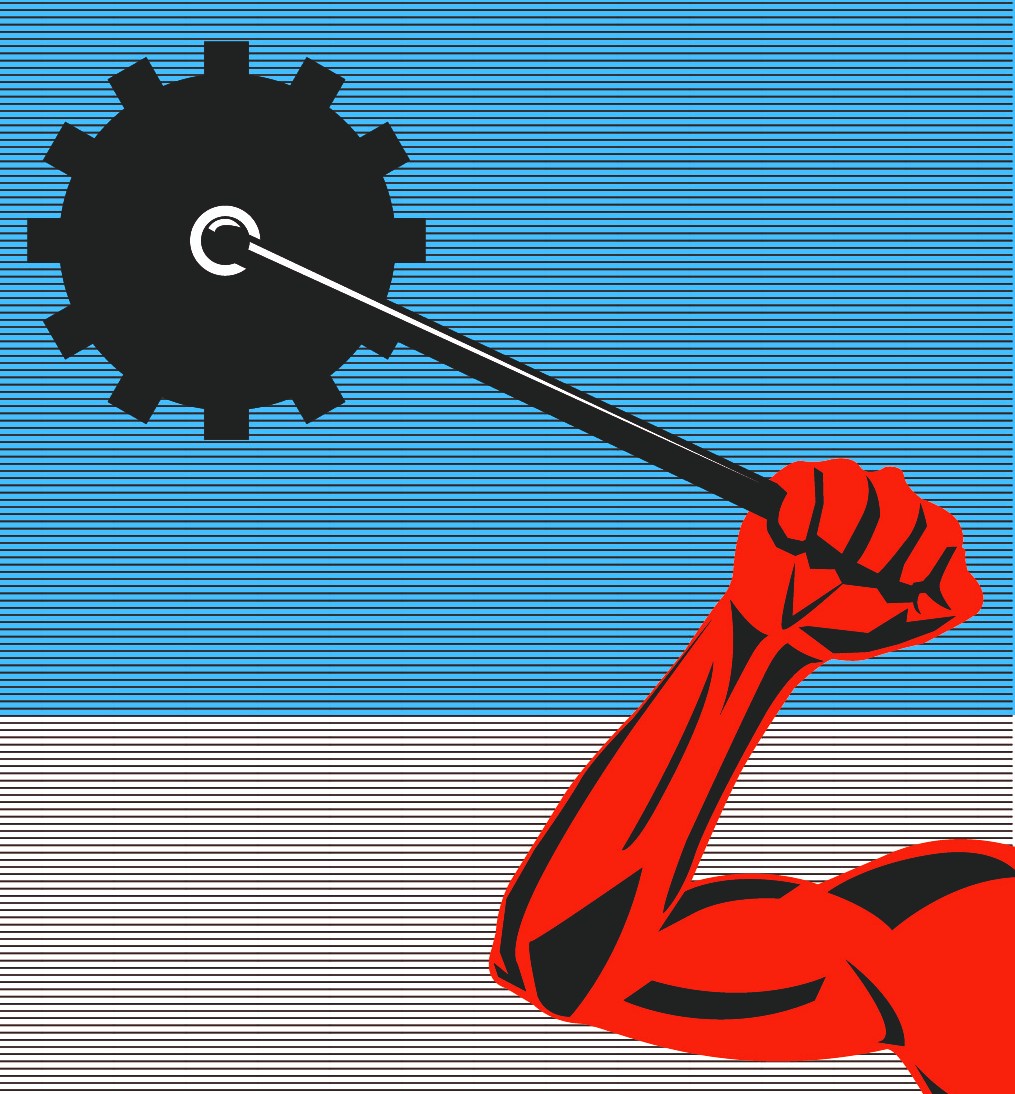 Workers' participation binds the workers to the capitalist management, by involving them in so-called decision making / Image: Socialist Appeal
Workers' participation binds the workers to the capitalist management, by involving them in so-called decision making / Image: Socialist Appeal
The latter is called “codetermination”, or Mitbestimmung, involving the right of workers to participate in management of the companies they work for. The law allows workers to elect representatives (usually trade union representatives) for almost half of the supervisory board of directors. There is also legislation in Germany whereby workers are entitled to form Works Councils at local shop floor level.
This is clearly machinery designed to embroil the workers – and especially their trade union representatives – in decisions reflecting the ‘interests’ of the company. Given the fact that these are capitalist owned, the workers’ ‘representatives’ are then ‘won over’ to maximise the company’s profitability in the ‘general’ interest. They are, after all, in competition with other companies at home and abroad and must keep costs down.
This is fundamentally a transmission belt not from the workers to management but the other way round – from management to workers. This is nothing more than class collaboration, a conciliatory policy between capital and labour to bind workers into the system and avoid conflict.
For the union bureaucracy, codetermination is part of ‘democratising’ the economy, which in fact hides the real state of affairs.
Class collaboration
An example of how the tops of the trade unions are sucked into the thinking of management and capitalism is the Bank of England. Many trade union chiefs have ended up on its governing board. In 2010, Mervyn King, the then Governor of the Bank, addressed the Trade Union Congress with great gratitude:
“Members of your General Council have made a huge contribution to the Bank of England by serving on our board – the Bank’s Court. Carrying on that tradition today is Brendan Barber. By bringing a distinct and important perspective to our discussions, Brendan has helped us through some extremely turbulent times. I am grateful to him.”
This shows how the tops of the labour movement are bought off and sucked into the heart of capitalism, along with various Lords and Ladies not as workers’ representatives, but as friendly advisers to the capitalist system.
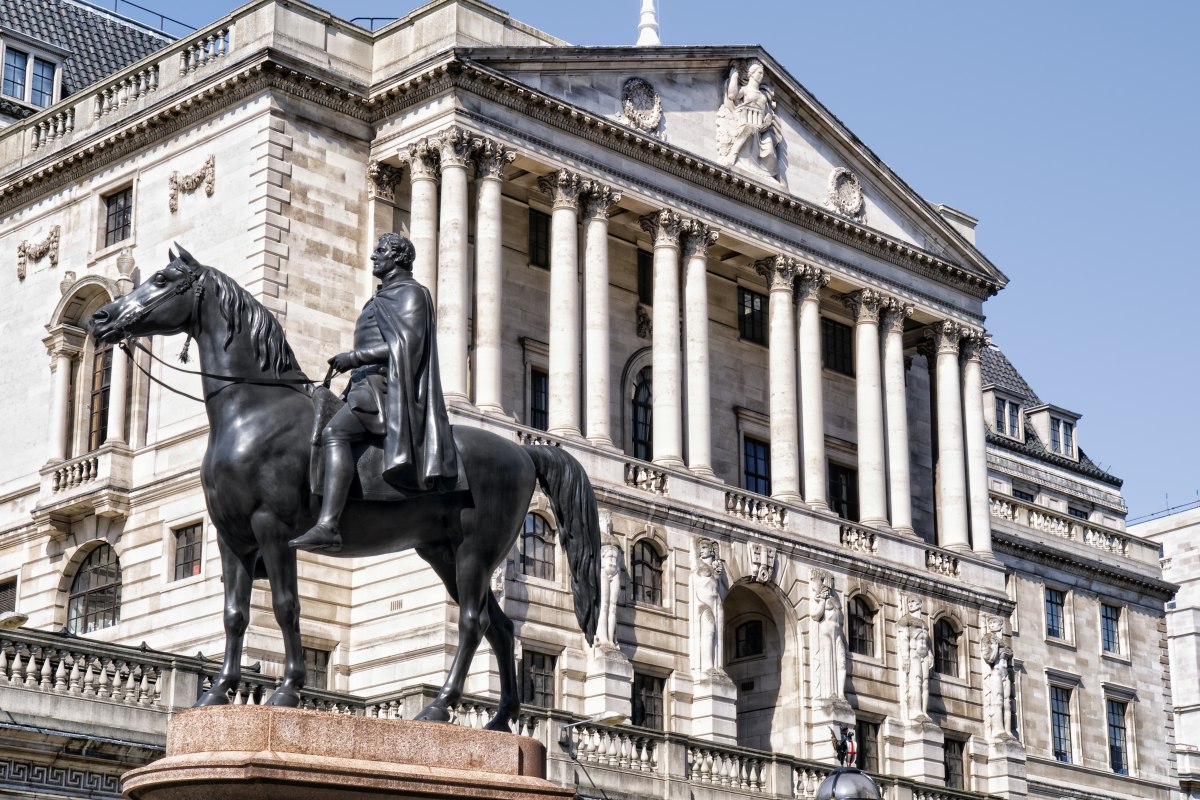 The tops of the labour movement are bought off and sucked into the heart of capitalism, along with various Lords and Ladies, not as workers’ representatives, but as friendly advisers to the capitalist system / Image: public domain
The tops of the labour movement are bought off and sucked into the heart of capitalism, along with various Lords and Ladies, not as workers’ representatives, but as friendly advisers to the capitalist system / Image: public domain
Indeed ex-Labour MPs and trade union leaders have been popular choices to be non-executive directors and heads of boards and quangos over the years. They have abandoned all pretence of representing workers, instead openly carrying out a policy of class collaboration.
Trotsky explained long ago that this processes like this represents,
“...not a case of workers’ control over capital, but of the subserviency of the labour bureaucracy to capital…
“Such subserviency, as experience shows, can last for a long time: depending on the patience of the proletariat…workers’ control through factory councils is conceivable only on the basis of sharp class struggle, not collaboration.”
Workers’ management
While workers’ control comes from below – mainly through shop stewards or factory committees – workers’ management comes from above, through the centralised system of workers’ councils. The local factory committees would by their nature be subordinate to the national councils.
This presupposes the creation of a workers’ state, where management would be in the hands of national councils. They would supervise the implementation of a national plan of production, allowing the economy to be dovetailed together and coordinated. They would represent the working class as a whole, as opposed to the interests of separate factories.
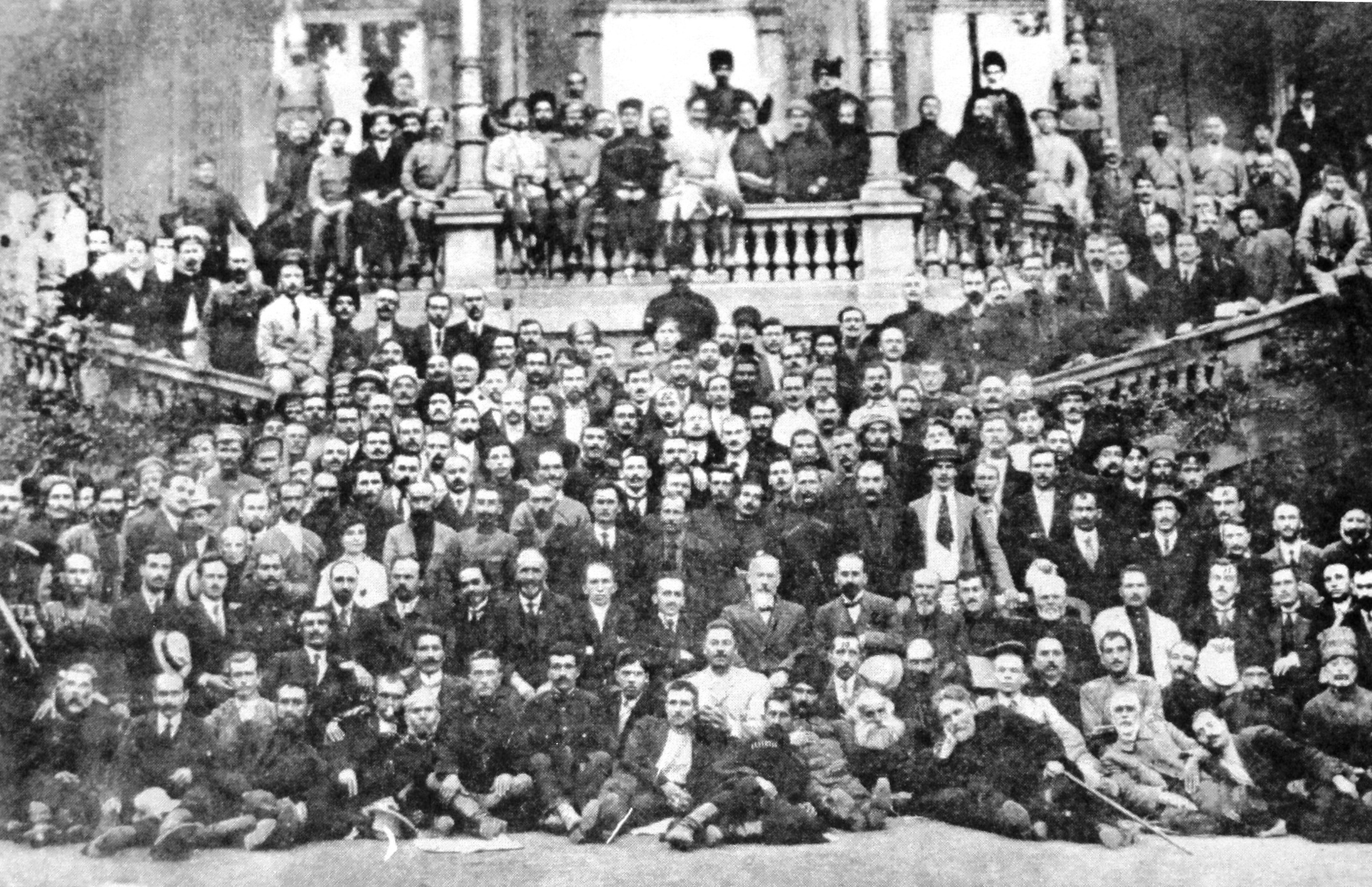 Workers’ control is the first step along the road to workers’ management and a socialist planned economy / Image: public domain
Workers’ control is the first step along the road to workers’ management and a socialist planned economy / Image: public domain
That is why Marxists oppose the idea of the syndicalists: that is, the idea that workers in each industry should control and manage their own industries; that the rail workers manage the railways, the steelworkers manage the steel industry, etc., etc.
If separate factories could decide everything, then the national plan would soon break down. The whole thing would be chaotic and unplannable.
“The working out of even the most elementary economic plan – from the point of view of the exploited, not the exploiters – is impossible without workers’ control, that is, without the penetration of the workers’ eye into all open and concealed springs of capitalist economy,” explained Trotsky.
“Committees representing individual business enterprises should meet at conference to choose corresponding committees of trusts, whole branches of industry, economic regions and finally, of national industry as a whole. Thus, workers’ control becomes a school for planned economy. On the basis of the experience of control, the proletariat will prepare itself for direct management of nationalised industry when the hour for that eventuality strikes.” (Transitional Programme)
In other words, workers’ control is the first step along the road to workers’ management and a socialist planned economy.
For a socialist plan
Those industries taken back into public ownership by a Labour government must be placed under democratic workers’ control and management.
The representation of the boards of nationalised industries should be made up of: one third from the workers in those industries; one third from the trade union movement, to represent the workers as a whole; and one third from the government, “to take regard of the wider public interest”.
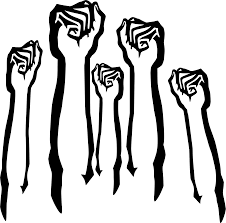
This must go hand in hand, not with the appointment of ‘worker directors’ on inflated salaries, but with the election of class fighters on the average wage of a skilled worker.
These representatives must be subject to the right of immediate recall by those who elected them. Their task must be to act as champions for the working class, to expose the rackets, expose open and concealed sabotage, and use their position to campaign for the nationalisation of the ‘commanding heights’ of the economy under a socialist plan of production.
We say to a Labour government: don’t simply renationalise the privatised utilities but take over the major sectors that dominate the economy – the monopolies, banks, and finance houses – without compensation to the fat cats.
Such a programme would revive the labour movement and offer a real way forward for millions of working people who are desperately searching for an alternative. This is why the trade union movement must act on the demand for workers’ control and management.

